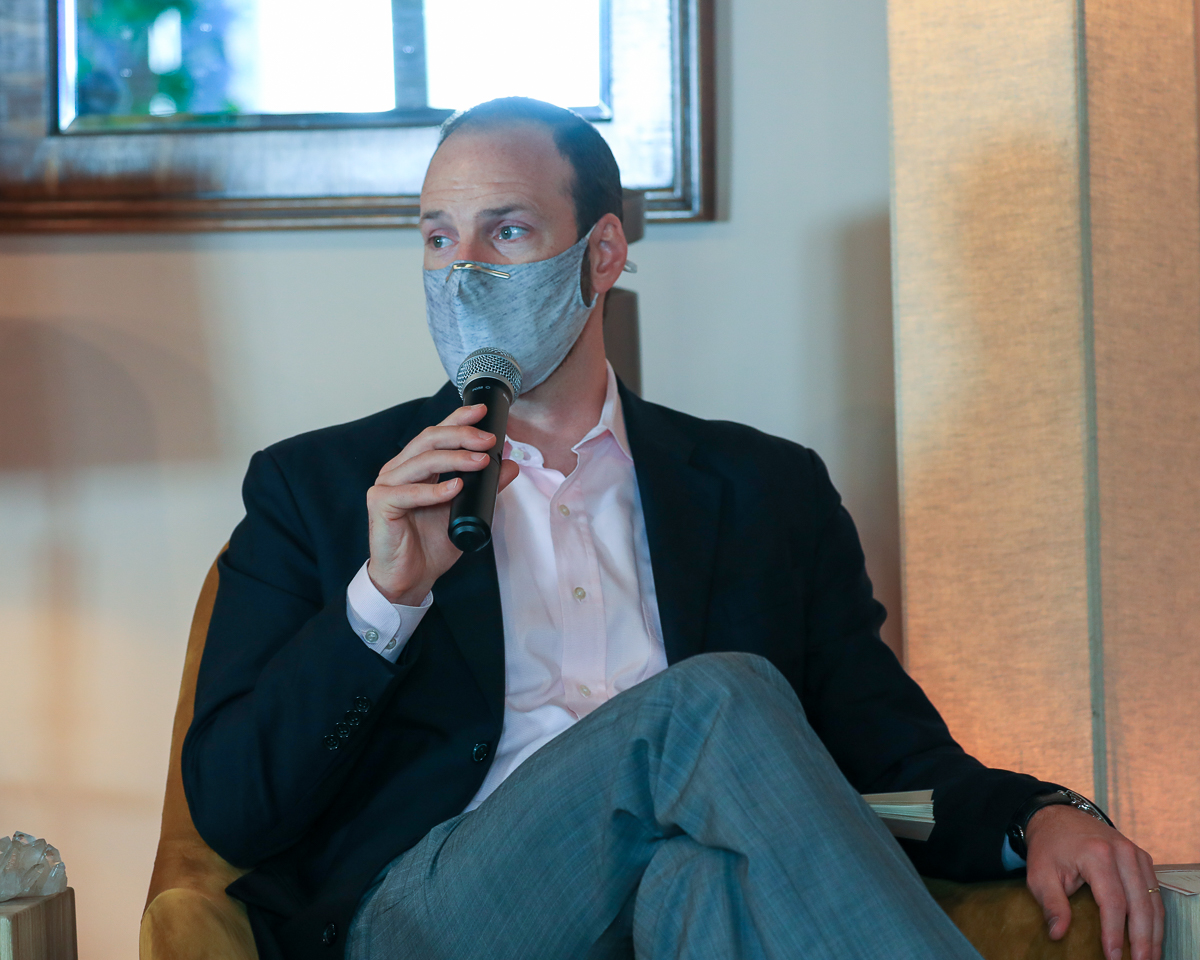

By Linh Nguyen
SAN FRANCISCO, CA — In his most recent podcast episode, San Francisco District Attorney Chesa Boudin and Rachel Marshall, the Director of Communications and Policy Advisor for the county’s District Attorney’s office spoke with Danielle Sered, the Executive Director of Uncommon Justice, to talk about restorative justice.
Boudin started by asking Sered about the experiences of crime victims after being victims of crime, particularly violent crimes.
Sered shared that fewer than half of victims of violence call the police.
According to the National Crime Victimization Survey, this is because many victims do not trust the police. This includes not trusting that the police would believe them, help them, or that calling law enforcement would put them in further danger.
Furthermore, the criminal justice system does not guarantee that perpetrators would be brought to justice, even after arrest or prosecution, which does not ease the minds of victims, Sered said.
The next question asked which groups of survivors have been able to benefit from the current system and which groups have been hurt by the system. Regarding which groups the system hurts, Marshall pointed specifically  toward communities of color.
toward communities of color.
Sered answered that white survivors who want more punishment have been honored the most. Survivors who have not had a criminal record are also recognized.
But Sered also said that survivors of color are far less likely to engage in the criminal justice system in the first place because they are less likely to be trusted and believed in the system.
“When they do engage in that system,” she said, “they are more likely to be subject to dual arrests where when they report a crime, they themselves are arrested for making that report.
“If they are not citizens, they are likely to face potential immigration consequences, even when they’re the ones reporting a crime, especially if at some point in the process they’re dissatisfied with how it’s moving forward and want to divest from it,” Sered added.
Sered also acknowledges different definitions of innocence across states. For example, some states define innocence as not engaging in criminal behavior that caused you to be hurt at the time of the crime.
Other states deny a person innocence for breaking the law even if it is unrelated to the crime. For example, a victim who is in possession of marijuana at the time of an attack unrelated to marijuana would not be deemed innocent for compensation under the Victims of Crime Act of 1984.
Sered shared that 97 percent of cases are arrived at by plea bargain, meaning that victims are not involved in the process after they have testified and the grand jury is no longer needed.
Restorative justice is defined as the process in which the people most directly impacted by a given harm come together to acknowledge that harm and reach a decision about how the responsible person can make things as right as possible, according to Sered. This is separate from court processes.
“I think often people think restorative justice is a sort of weird group hug where someone says ‘I’m sorry’ partway through,” Sered said. “In fact, what it is is a process in which people figure out a way to define a path to repair.”
By definition, restorative justice is centered around victims seeking justice while also placing responsibility on victims in a progressive way.
“What we owe is not to sit in a cage. What we owe is not to be tortured for what we did. What we owe is to contribute affirmatively to the repair of the damage we caused to people,” Sered said.
Sered argues that the process is better for both survivors and offenders. It is better for survivors because the perpetrator would not hurt them again or hurt anyone else again. It is better for offenders because it reduces the chances of recidivism knowing that they have community support for forgiveness and transformation.
The first component of restorative justice is the person causing harm would transform into a person who will not cause further harm. This may include going to school, getting a job, going to therapy or substance use treatment.
The second component is an apology to the survivor, which may also include payment of restitution or community service.
Chesa Boudin said that he supports restorative justice and will be expanding it in San Francisco, as a victims’ rights issue.
“As District Attorney, the priority for me and for the office is doing justice in ways that promote public safety,” Boudin said. “And I think one of the parts of the conversation that is all too often lost when we’re discussing restorative justice is its role in reducing recidivism.”
Sered shares that less than seven percent of participants in the restorative justice program have recidivated.
